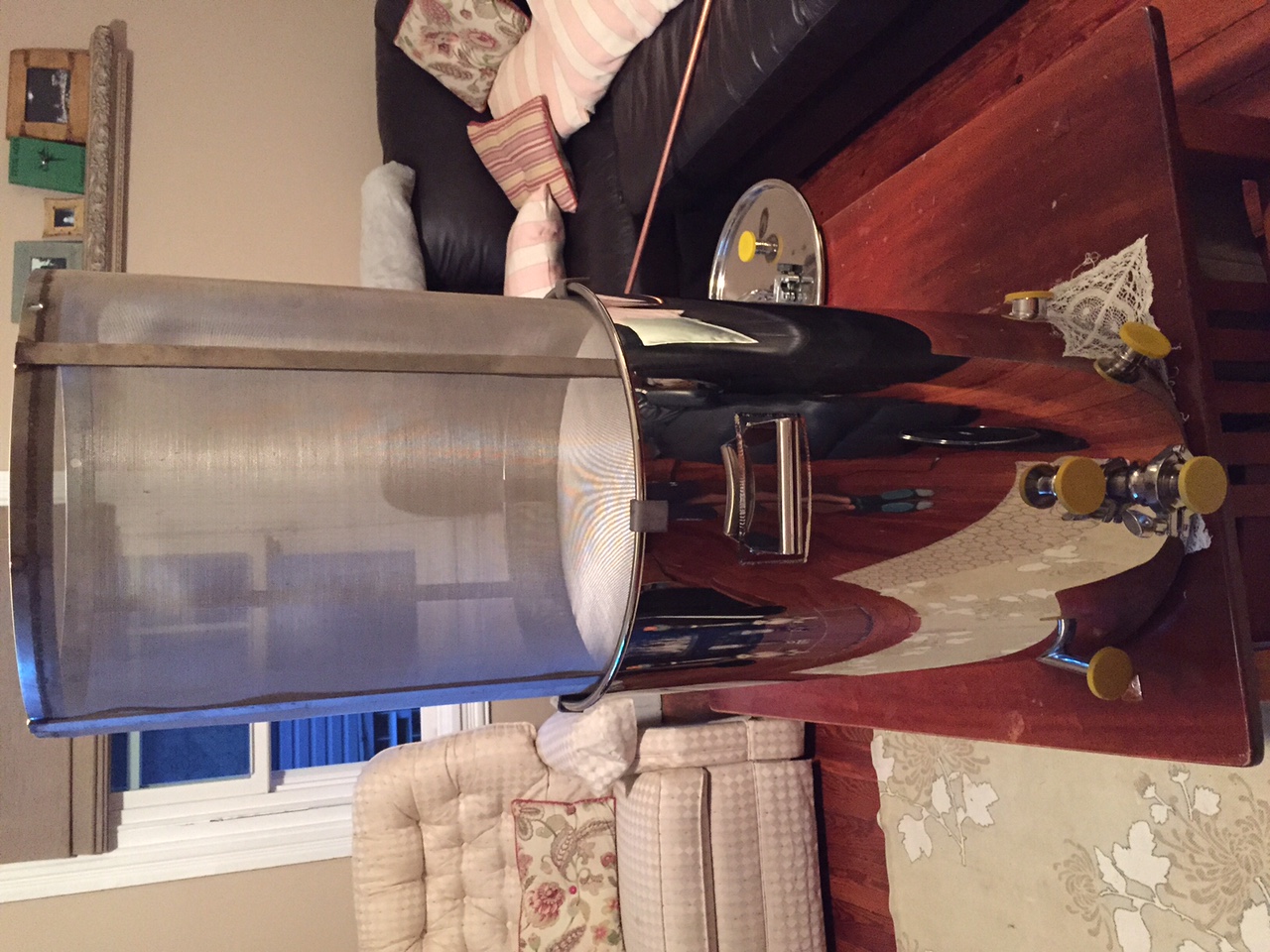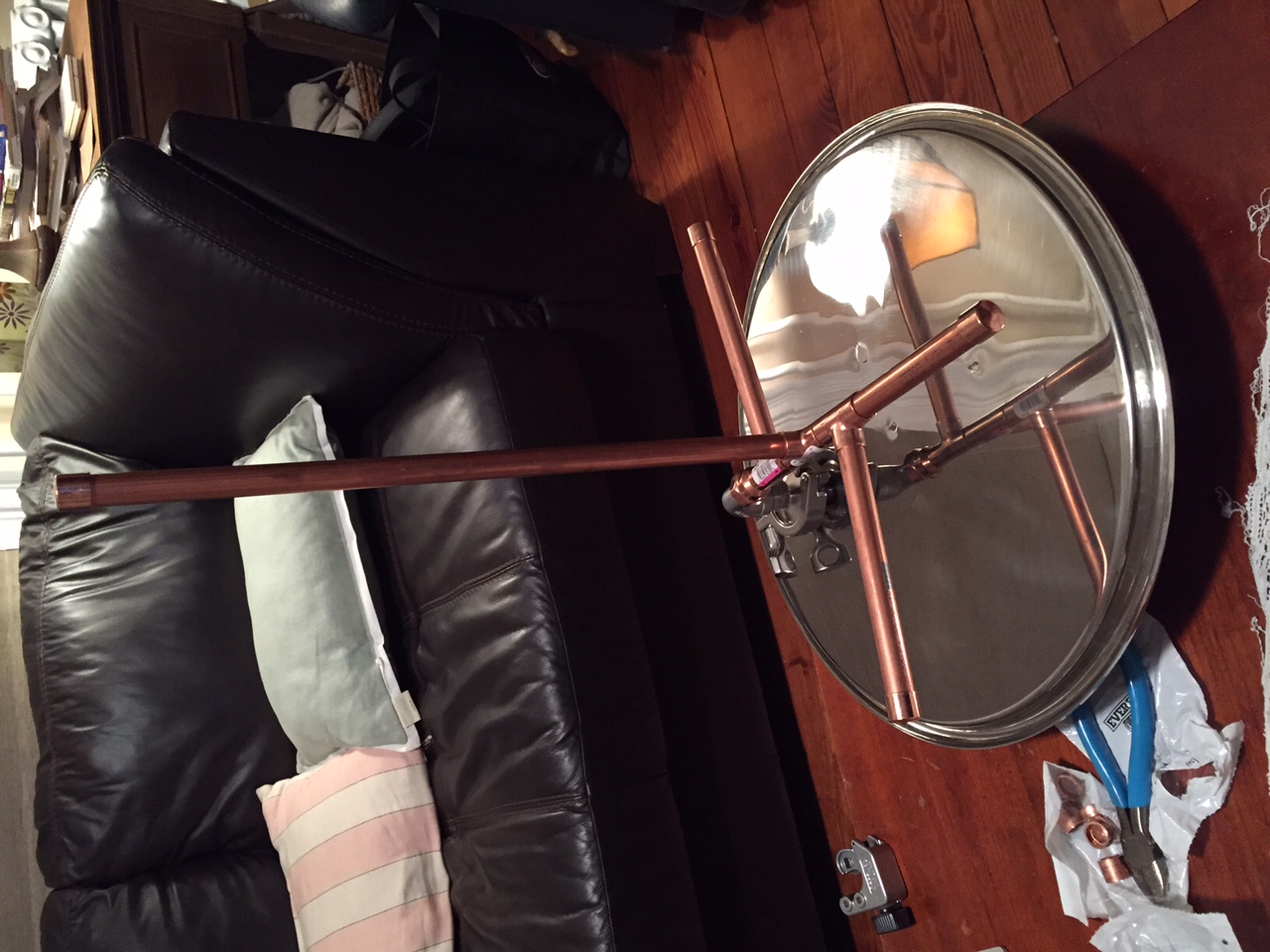I think that there's too much focus on wort clarity going on here. As long as you don't have husk material in the kettle, you'll be good. Some of these ideas get in the way of the simplicity of BIAB.
I agree to a point. There might be too much focus on wort clarity for you. But focusing on wort clarity is part of the reason I asked the initial question. Whenever you add something to your brewing process, there are trade-offs. Add a pump, you no longer have to lift (as much at least), but you've got something else to clean and something else that needs attention. Add a basket instead of a bag, recirculation vs. set-it-and-forget-it, etc. Each has it's own advantages and disadvantages.
For those that want a simple BIAB they'll have a simple BIAB setup. You'll get flour in your wort. For some, that doesn't matter. For others it does. For some if they can minimize the amount of flour, they are going to try. For those that want clear wort, they might be willing to trade some of the simplicity of BIAB for wort clarity, something they perceive to be worth it. That, to me, is what this discussion has centered around.
For me, I want to try a few different things to see what I can do to minimize flour in the kettle. So I'm going to...
1. Crush a bit looser.
2. Recirculate for temp stability.
3. Slowly pull the basket.
4. Not squeeze the grains
5. See what the results are.
If I'm happy...cool. If not then...
I'll try recirculating a bit more after I raise the basket to see if I can "reset" the grain bed and get clear wort. If I'm happy...cool. If not then...
I'll leave the grain basket in place and drain the wort into a bucket. I'll pull the basket, pour the wort back into the kettle and go from there. If I'm happy...cool. If not then...
I'll try something else or adjust my expectations.




































![Craft A Brew - Safale BE-256 Yeast - Fermentis - Belgian Ale Dry Yeast - For Belgian & Strong Ales - Ingredients for Home Brewing - Beer Making Supplies - [3 Pack]](https://m.media-amazon.com/images/I/51bcKEwQmWL._SL500_.jpg)
























